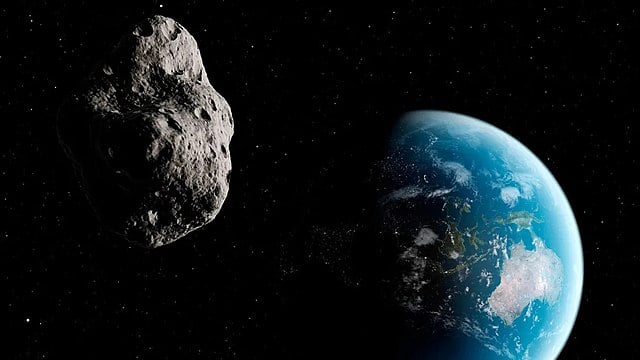
Scientists at Yale and the Southwest Research Institute (SwRI) delved into the mysteries of gold and platinum’s origins. Their research provides a fresh perspective on how these precious metals made their way to shallow pockets within Earth’s mantle.
The study, published in the Proceedings of the National Academy of Sciences, challenges the traditional belief. A well-known theory suggests that gold and platinum may accumulate in the Earth’s mantle. Instead, in this study, researchers identified a transient mantle region with dynamic properties capable of efficiently trapping falling metallic components and gradually dispersing them throughout the mantle.
Professor Jun Korenaga of Yale emphasized, “Our research is a good example of making an unexpected discovery after re-examining conventional wisdom.”
Gold and Platinum came from space to Earth
The study builds on the established knowledge that gold and platinum arrived on Earth billions of years ago following collisions with large celestial bodies during the early stages of the planet‘s formation. Together with another colleague, Simone Marchi, a researcher at SwRI, Korenaga proposed a theory that sheds light on the mechanism behind this phenomenon.
Besides their aesthetic appeal and application in high-tech products, gold and platinum are categorized as highly “siderophile” elements. Due to their affinity for iron, they were expected to accumulate in Earth’s metallic core or sink from the mantle. Yet, they were found near the surface.
The research team proposed an innovative solution to this puzzle. Their theory revolves around a thin, “transient” mantle region, where the shallow part melts and the deeper section remains solid. This region traps metallic elements, gradually dispersing them within the mantle.
The remnants of this transient region manifest as “large low-shear-velocity provinces” in the deep mantle. According to Marchi, this transient region is typically formed when a substantial celestial body collides with the early Earth, bolstering the credibility of their theory.
The researchers emphasized that their new theory not only clarifies previous enigmas regarding Earth’s geochemical and geophysical evolution but also underscores the extensive time scales implicated in the planet’s formation.
NASA on Mission
NASA is on a mission to explore a Greek-named asteroid called 16 Psyche that contains a double-edged sword. Made completely of metal, it boasts enough gold to either make every person on Earth a billionaire—or to collapse the gold market and destabilize the entire global financial world.
The Psyche mission — named after the asteroid it’s planning to study — is set to blast off on Thursday atop a SpaceX Falcon Heavy rocket from Cape Canaveral, Fla., where it will begin a six-year journey to its home in the asteroid belt.
Once it arrives, it will continue to orbit Psyche for two years, where it will study things such as its composition, age and topography.



